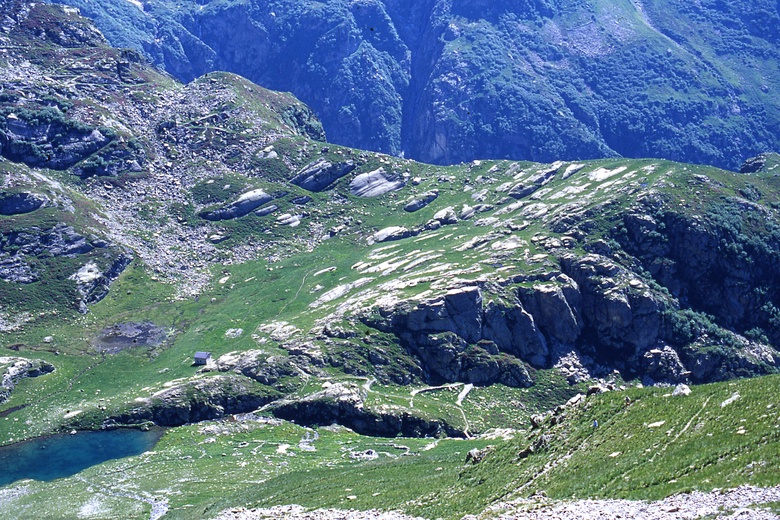Research in this theme is concerned with exploring and improving our understanding of one of our planet's last great frontiers: the environment beneath ice sheets and glaciers. Projects deploy state of the art techniques in remote sensing and fieldwork in a mission to inform numerical models of ice flow essential for predicting future ice-mass behaviour and contribution to future global sea level.

Using remote sensing and GIS to investigate drumlins and MSGL
Drumlins are likely the most studied landforms in glacial geomorphology (>1400 papers), and yet it is not clear how they are formed. Mega Scale Glacial Lineations, "discovered" more recently, are often considered, like drumlins, to represent information on past ice flow. However, there are many uncertainties in previous interpretation of drumlin and MSGl formation, which can often be related to the earlier use of outdated analytical techniques and undersampling of the landforms. This project uses a suite of GIS tools and DTM data to analyse drumlins and MSGL 2 and 3D morphometric properties in general and the spatial distribution of these properties within a landform swarm in particular. The aim is that of creating a solid data-based framework of information on drumlin morphometry that could be used as a tool to (i) challenge previous drumlin formation hypotheses and (ii) develop and/or test any numerical model of drumlin formation.
(Funding: NERC)
Hydrology and dynamics of the Greenland Ice Sheet
This research focuses on obtaining a better understanding of the basal and internal processes which influence ice sheet dynamics. Ongoing research on the Greenland Ice Sheet aims to characterise the coupling between surface meltwater and ice dynamics and its temporal and spatial evolution continuously over several annual cycles. The field experiments, in conjunction with remotely sensed data, focus on two flow-parallel transects at the western margin of the GrIS in land and marine terminating catchments (Leverett/Russell Glacier and Kangiata Nunata Sermia respectively). Motion characteristics are compared with hydrological results to determine how glacier hydrology exerts control on variations in ice motion.
(Funding: NERC, Carnegie Trust for the Universities of Scotland)
